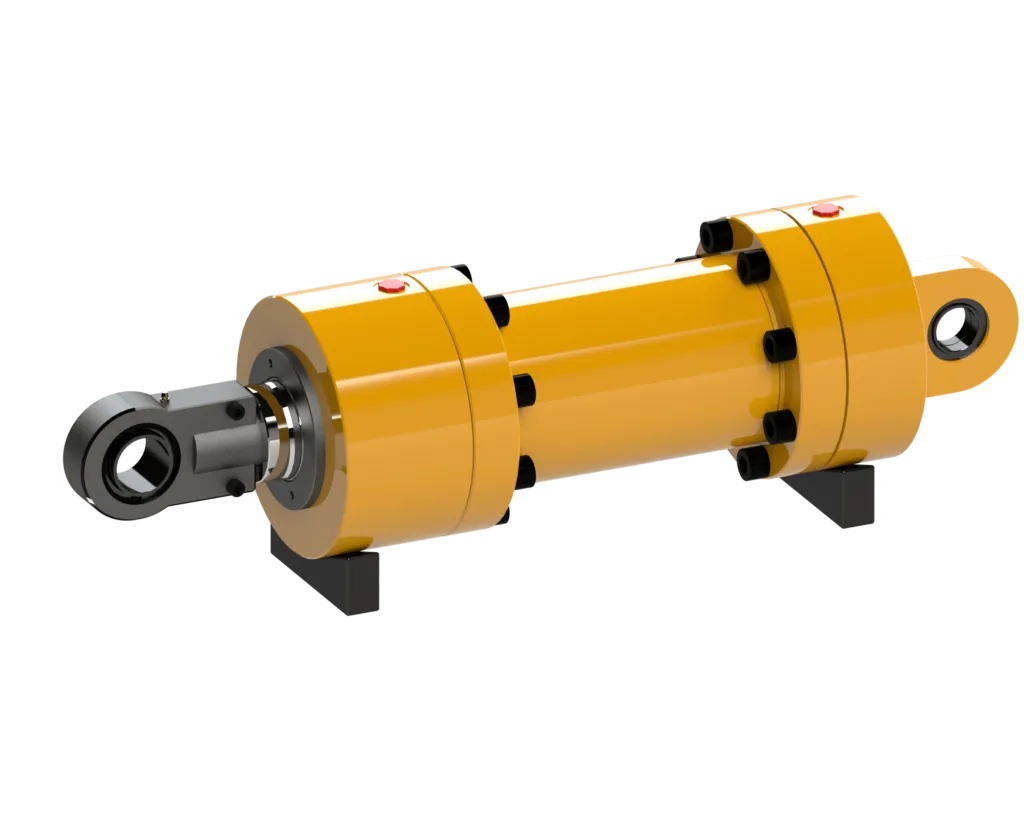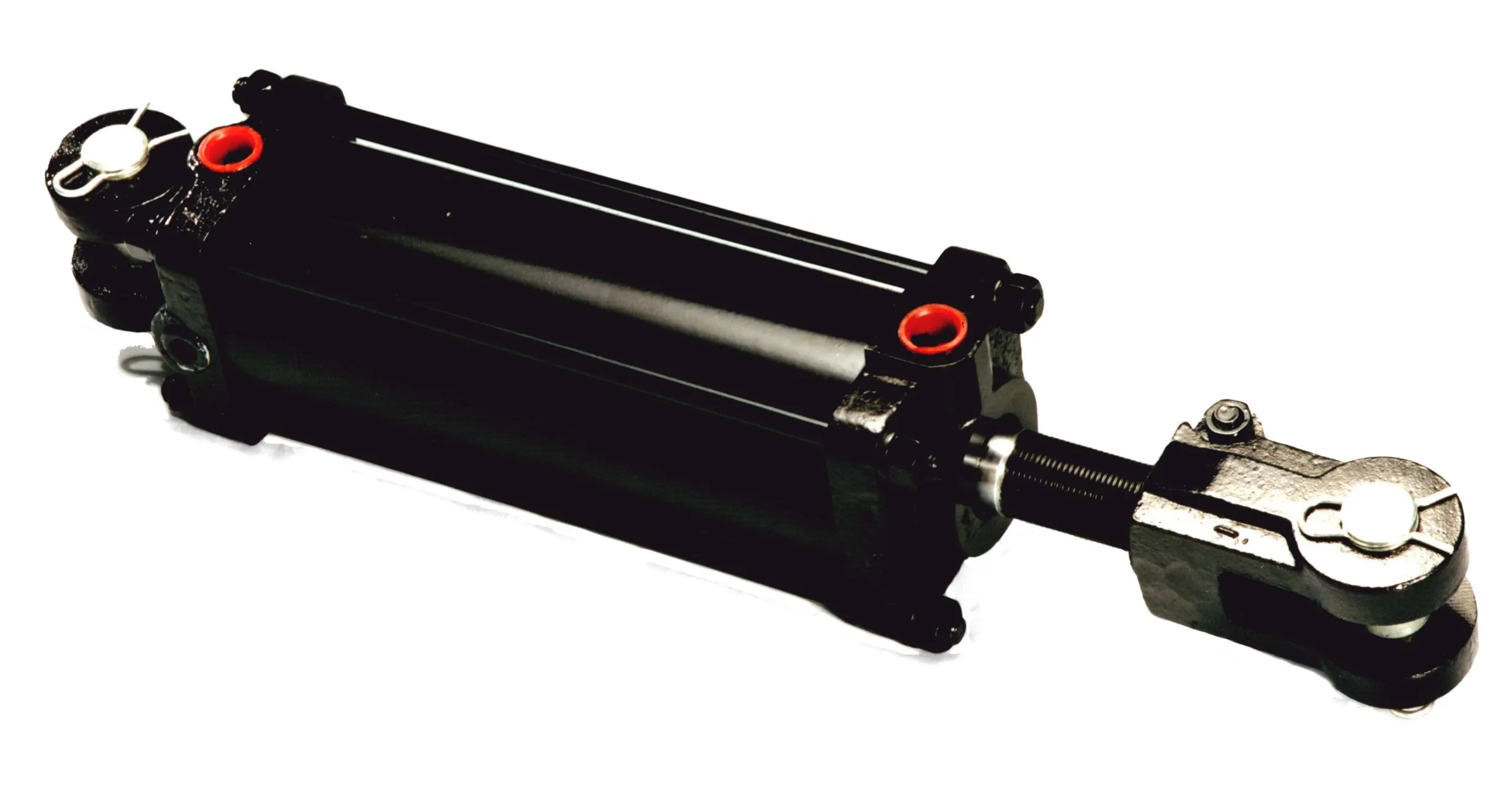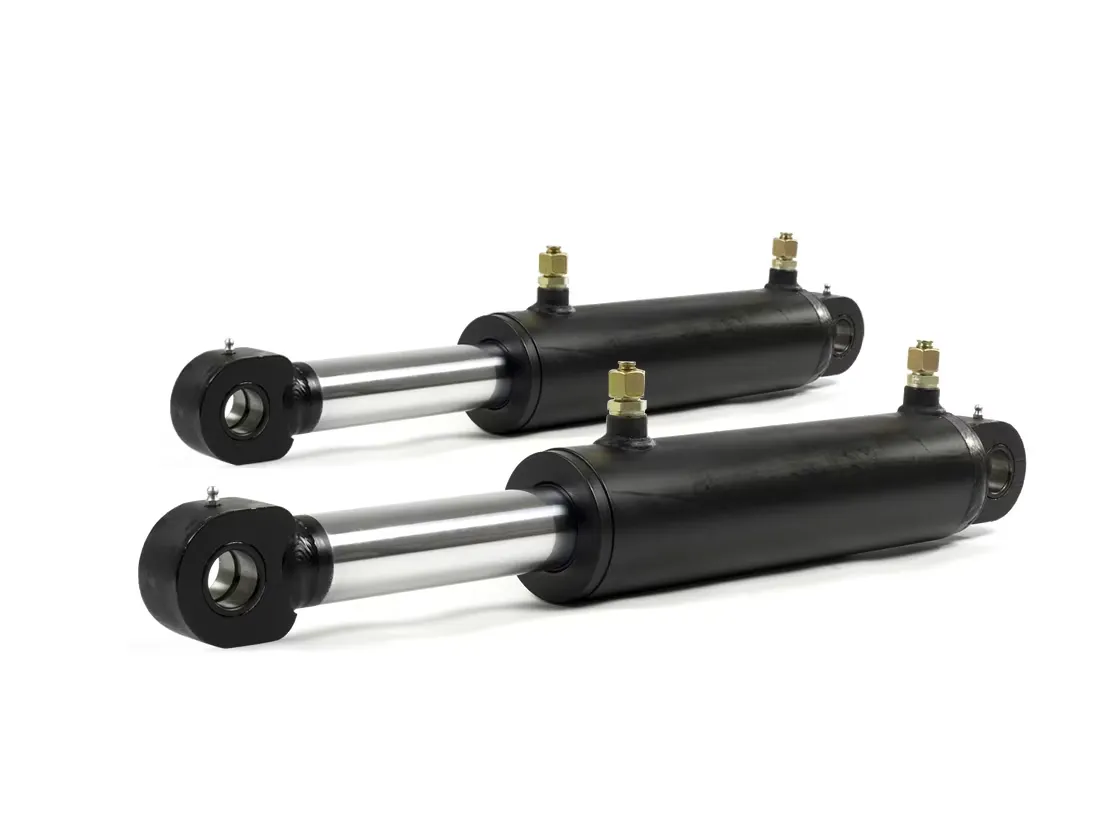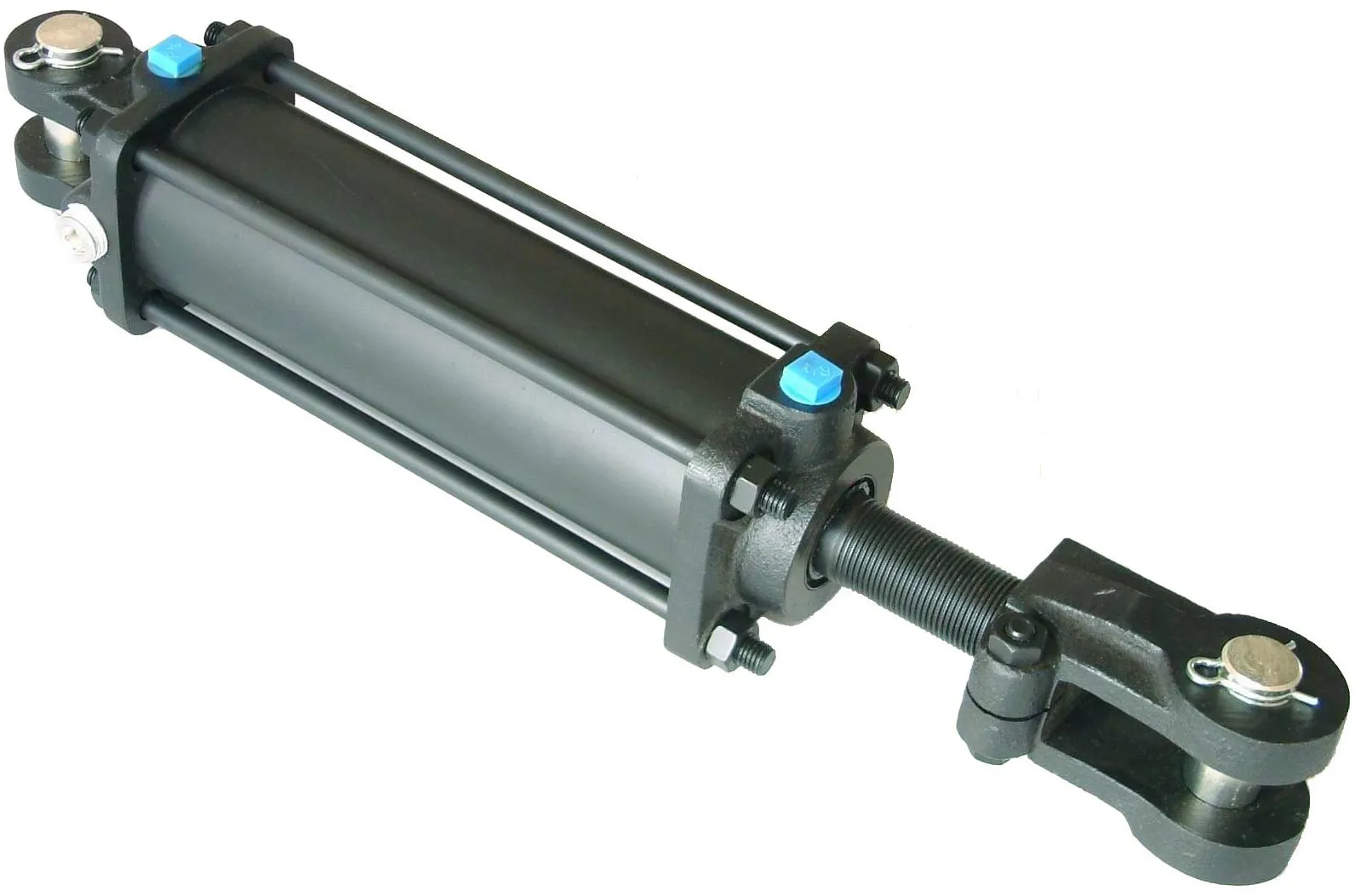The Importance of High-Pressure Welded Hydraulic Cylinders For Transport Equipment
Introduction to High-Pressure Welded Hydraulic Cylinders
In the realm of hydraulic systems, high-pressure welded hydraulic cylinders play a pivotal role in ensuring smooth and efficient operation. These specialized cylinders are designed to withstand extreme pressure and provide reliable force transmission for various transport equipment.
Definition and Function
High-pressure welded hydraulic cylinders are hydraulic actuators that use pressurized hydraulic fluid to produce linear force and motion. These cylinders are crucial components in hydraulic systems, converting hydraulic energy into mechanical force to power transport equipment. They are typically used in applications where high force and precision are required.
Principle of Operation
The principle behind high-pressure welded hydraulic cylinders lies in the transfer of force from the hydraulic fluid to the piston, resulting in linear motion. When pressurized fluid enters the cylinder, it pushes against the piston, causing it to move and exert force on the load. The sealed system ensures efficient energy transfer and precise control of movement.

Design and Construction Characteristics

Materials and Durability
High-pressure welded hydraulic cylinders are often constructed using high-strength steel or aluminum materials to provide durability and wear resistance. These materials are chosen for their ability to withstand high pressure and harsh operating conditions, ensuring long-lasting performance.
Welded Process and Technology
The welded construction of these cylinders involves advanced welding techniques such as MIG (Metal Inert Gas) or TIG (Tungsten Inert Gas) welding. This welding process enhances the integrity of the cylinder, eliminating weak points and ensuring structural stability. The welded design also offers improved resistance to leaks and failures.
Design Characteristics
High-pressure welded hydraulic cylinders feature integrated end covers, specialized piston designs, and advanced sealing arrangements that contribute to their high performance. These design elements enhance the efficiency and reliability of the cylinders, allowing for precise motion control and force transmission.
Working Principle
The working principle of high-pressure welded hydraulic cylinders involves the transfer of hydraulic energy to produce linear motion. As pressurized fluid enters the cylinder, it exerts force on the piston, causing it to move and perform work. The sealing system ensures that the hydraulic fluid remains contained within the cylinder, enabling efficient operation.
Types and Configurations
There are three main types of high-pressure welded hydraulic cylinders available, each designed for specific applications and load requirements. These include single-acting cylinders, double-acting cylinders, and telescopic cylinders, each offering unique features and capabilities.
Advantages of High-Pressure Welded Hydraulic Cylinders
Strength vs. Reliability
One of the key advantages of high-pressure welded hydraulic cylinders is their increased strength due to the welded construction. This allows for higher pressure ratings and improved reliability in demanding applications.
Compact Design
Welded cylinders have a more compact design compared to traditional tie-rod cylinders, making them ideal for space-limited installations. Their compact size allows for greater flexibility in equipment design and layout.
Maintenance Benefits
Reduced moving parts in welded cylinders translate to lower maintenance needs and fewer potential points of failure. This results in decreased downtime and improved operational efficiency for transport equipment.
Performance Characteristics
High Strength and Durability
High-pressure welded hydraulic cylinders are known for their high strength and durability, making them suitable for demanding applications. Constructed from high-strength steel, these cylinders provide structural stability and long-lasting performance.
High Pressure Capacity
Designed to withstand higher working pressures, high-pressure welded hydraulic cylinders are capable of operating in more stringent environments than traditional cylinders. Their robust construction allows for reliable performance under extreme conditions.
Compact Design
The welded design of these cylinders offers a more compact footprint, making them ideal for space-limited applications in transport equipment. Their compact size enables efficient integration into various machinery and vehicles.
Flexible Application
High-pressure welded hydraulic cylinders can be used in a wide range of industrial equipment, including excavators, forklifts, and agricultural machinery. Their versatility and adaptability make them suitable for diverse applications and operating conditions.
Easy Maintenance
The welded structure of these cylinders reduces the number of connectors and seals, simplifying maintenance procedures. This results in easier upkeep and reduced downtime for transport equipment, enhancing overall operational efficiency.

Safety
Due to their high-strength materials and welded construction, high-pressure welded hydraulic cylinders offer enhanced safety and reliability. The risk of breakage or leakage is minimized, ensuring safe operation in critical applications.
Industries and Applications
High-pressure welded hydraulic cylinders are widely used across various industries, including construction, agriculture, manufacturing, and more. They are essential components in equipment such as excavators, tractors, printing presses, and robotic systems, providing reliable force transmission and motion control.

Design Considerations and Selection Criteria
When selecting high-pressure welded hydraulic cylinders for transport equipment, it is essential to consider factors such as bearing capacity, sealing efficiency, durability, safety, and maintainability. These design considerations ensure optimal performance and longevity of the cylinders in demanding applications.
Sealing and Lubrication
Proper sealing and lubrication are crucial for the performance and longevity of high-pressure welded hydraulic cylinders. Utilizing high-quality seals and lubricants, as well as regular maintenance practices, can extend the service life of the cylinders and prevent premature wear and failure.
Regular Inspection and Maintenance
Implementing regular inspection and preventive maintenance measures is essential for ensuring the optimal performance of high-pressure welded hydraulic cylinders. By conducting routine checks, lubrication, and seal replacements, potential issues can be identified and addressed proactively, minimizing downtime and costly repairs.
Installation Guide
Correct installation of high-pressure welded hydraulic cylinders is crucial for their efficient operation and longevity. Following manufacturer guidelines and best practices for installation, including proper alignment, mounting, and connection procedures, is key to ensuring optimal performance.
Maintenance Tasks
Three essential maintenance tasks for high-pressure welded hydraulic cylinders include regular inspection, proper lubrication, and seal replacement. By adhering to recommended maintenance practices and addressing issues promptly, the service life and performance of the cylinders can be maximized.
Safety Considerations
When using high-pressure welded hydraulic cylinders in transport equipment, safety measures must be prioritized to prevent accidents and injuries. Ensuring proper installation, maintenance, and operation practices can minimize risks and promote safe use of hydraulic systems.
Fault Diagnosis and Troubleshooting
Identifying common problems and diagnosing faults in high-pressure welded hydraulic cylinders is essential for maintaining optimal performance. By understanding potential issues such as leaks, seal failures, and pressure inconsistencies, troubleshooting can be conducted effectively to resolve problems promptly.
Questions and Answers
1. How do high-pressure welded hydraulic cylinders differ from traditional hydraulic cylinders? High-pressure welded cylinders offer increased strength and durability due to their welded construction, allowing for higher pressure ratings and improved reliability in demanding applications.
2. What materials are commonly used in the construction of these cylinders? High-pressure welded hydraulic cylinders are typically made of high-strength steel or aluminum materials, providing durability and wear resistance in high-pressure environments.
3. What advantages do high-pressure welded cylinders offer in terms of strength and durability? High-pressure welded cylinders offer enhanced strength, reliability, and longevity compared to traditional cylinders, making them ideal for demanding applications requiring precision and efficiency.
Long Tail Keywords
1. High-Pressure Welded Hydraulic Cylinder Construction: Exploring the materials and design features of high-pressure welded cylinders for transport equipment.
2. Durability and Performance of High-Pressure Welded Cylinders: Understanding the structural stability and reliability of high-pressure welded hydraulic cylinders in demanding applications.
3. Maintenance Practices for High-Pressure Welded Hydraulic Systems: Implementing proactive maintenance strategies to optimize the performance and longevity of hydraulic cylinders in transport equipment.
Our Company
Our company specializes in the manufacturing and distribution of high-quality hydraulic cylinders, including high-pressure welded cylinders for transport equipment. With a comprehensive product line and a commitment to excellence, we have established ourselves as a leading provider of hydraulic solutions in domestic and international markets.
From professional services to international certifications, customized solutions, advanced production equipment, and reliable after-sales support, our company strives to meet the diverse needs of customers and deliver superior hydraulic products that exceed expectations.
Author: lyl
